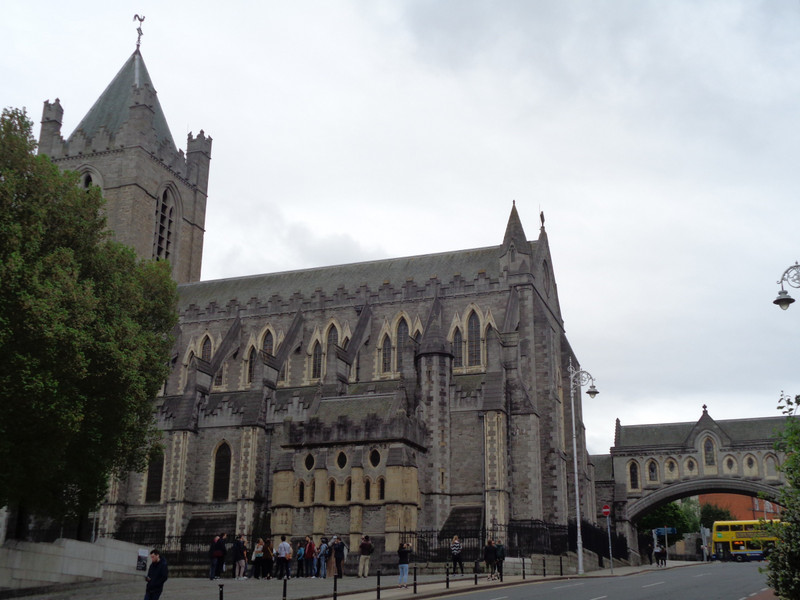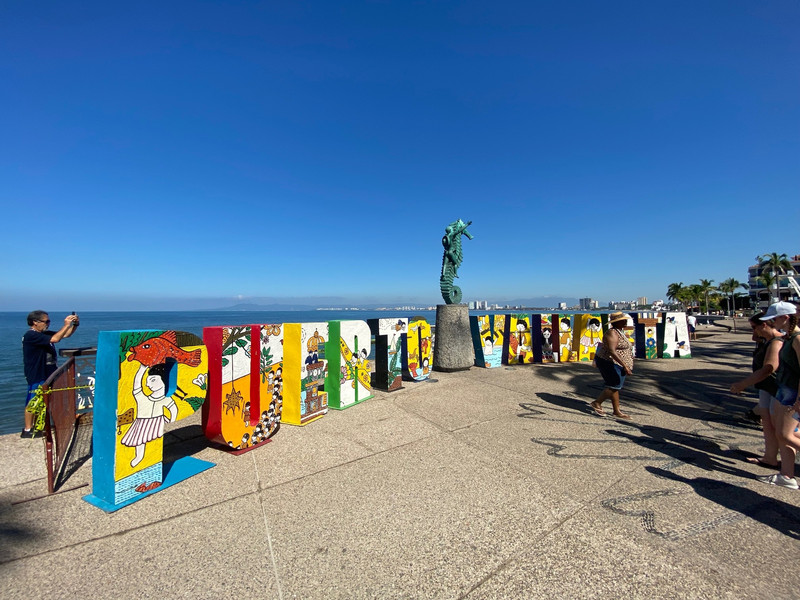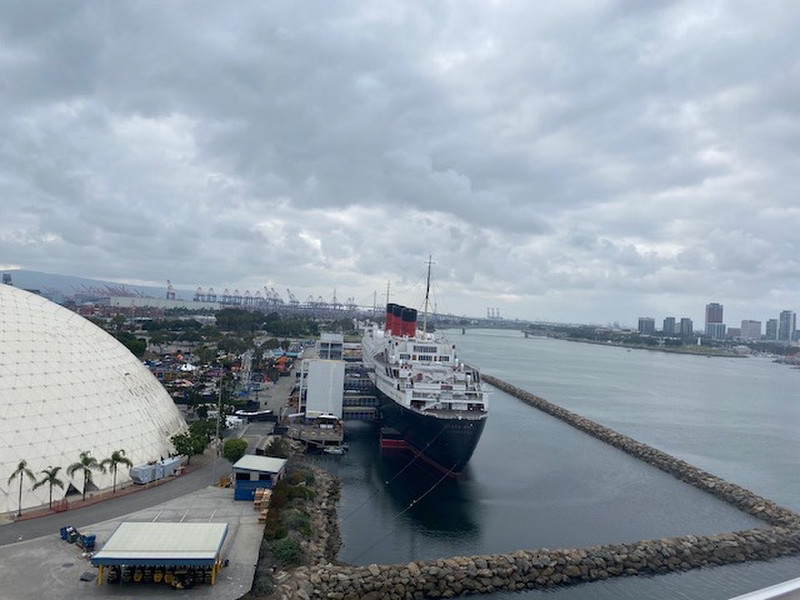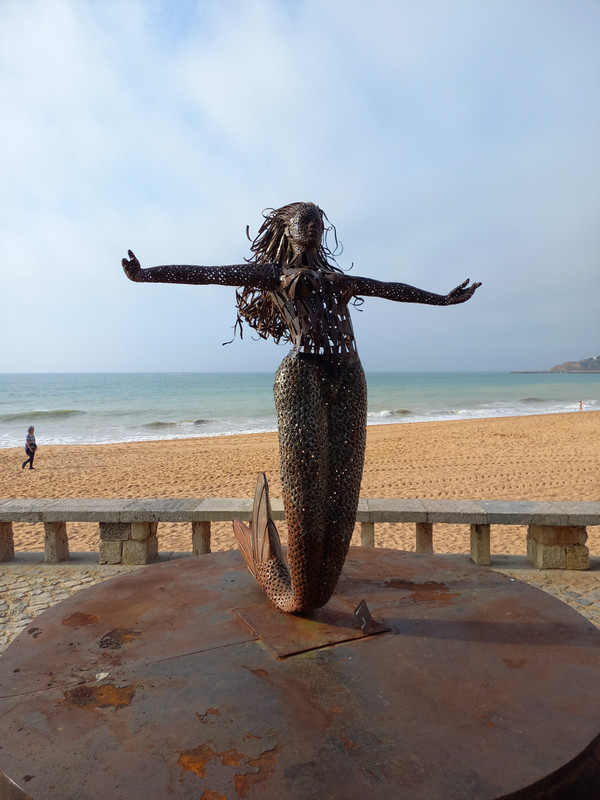Exhaustion prevailed this morning, and we decided to skip the National Gallery and sleep. Even with a couple more hours it still wasnt enough. As I write this entry it is Sunday morning, and while we are up and in the process of getting ready, we are both still very tired. So much so, that it is prompting us to re visit the entire itinerary to see how we can make the trip a bit more relaxing, we tend to try and do way too much, and we are not as young as we use to be.
Back to our Saturday. The forecast was for rain, but the turned out to be pretty nice and no rain, a little overcast but no rain. With the last start most of the day turned into a walking tour as we didnt get to St. Patricks Cathedral by our timed entry. Most of our day was spent in the Dublin Castle area of Dublin. To get there we took the Lusa (this is the Dublin light rail). We had purchased a visitor pass prior to leaving so we have unlimited rides while we are here. The Lusa runs pretty frequently and is
very clean. There is a stop a block from the hotel, so it is pretty easy for use to access. We went about 5 stops to Four Courts, which is across the river Liffey from Christ Church.
Travel trip: A Lusa visitor card is a great deal. They system is generally on schedule and it gets you to most of the areas you are going to want to see while in Dublin. You can purchase the card long before you arrive and it will be mailed to you. in 48- and cards.
First stop on the walking tour is Christ Church. Originally built in 1048 by the out of wood. Over the years the wood was replaced by the Normans with stone. Interestingly it is a protestant cathedral in a country that is 70% catholic. It was also built prior to the largest cathedral in Dublin, St. Patricks.
Across from Christ Church is Dublinia. This is dedicated to the history of the Vikings on the Island of Ireland.
Just down the hill, maybe 5 blocks is St. Patricks. He we took advantage of the large park outside the cathedral to
review the days itinerary. Jerry also got several pictures. St. Patricks was built in 1192 (well over 100 years after Christ Church). It is classic English Gothic in style. It was of course named after St. Patrick the patron Saint of Ireland. The site where it is built is believed to be the site where he baptized the first converts to Catholicism. The church also has a literary history as well, one of the most prominent Deans of St. Patrick was Jonathan Swift, the author of Gullivers Travels. His tomb in in the church, but his heart is in Rome.
Around the corner from St. Patricks, on St. Patricks close is Marshs Library. This is the first public library in Ireland founded by Archbishop of Ireland Narcissus Marsh in 1701. Inside there are 250 manuscripts (of what I have no idea) and 25,000 books. All of them are behind cages. There seems to be two opposing views as to why the books are in cages: The first, is the didnt want the students to take the books for their own; the second, and far more likely in my opinion, is that the books were locked in cages to prevent
The next stop was the Chester Beatty Library, part of Dublin Castle. The library is from a collection of Islamic, Early Christian and Far Eastern religious art and manuscripts. The collection was donated to Ireland by Sir Alfred Chester Beatty. I have no idea who he is, but he gathered what is considered one of the most significant collections of this type of art. We did go in here. There are three half floors to cover so it can be done fairly quickly, unless you are really in to religious art and artifacts. The second floor is dedicated to an exhibit based on the major religions of the world, including Buddhism and variations there on, Islam and variations there on, Christianity (mostly catholic). The section devote to Judaism was incredibly small, almost seemed like an afterthought.
The next stop was lunch at the oldest chipper in Dublin, Leo Burdock.









